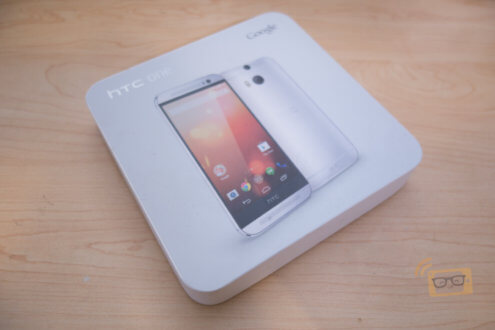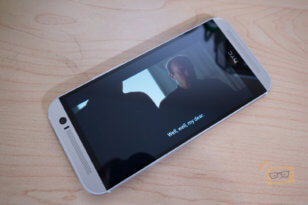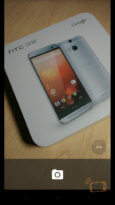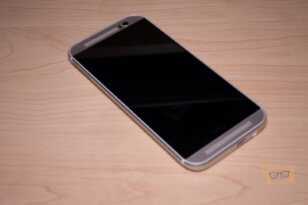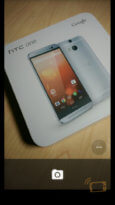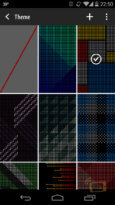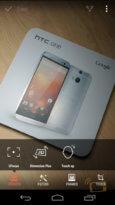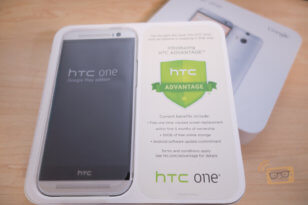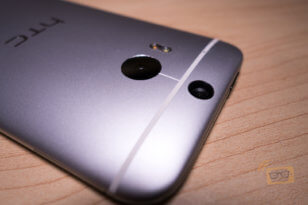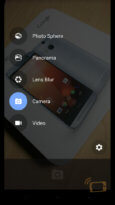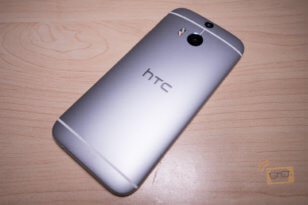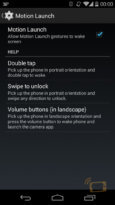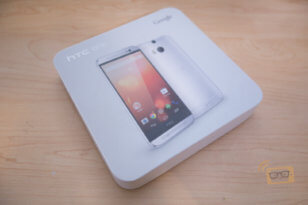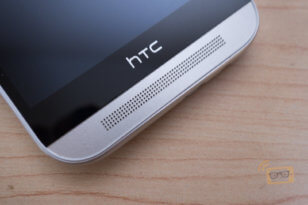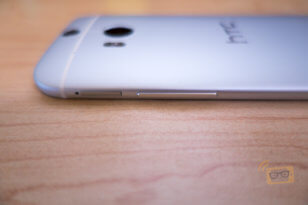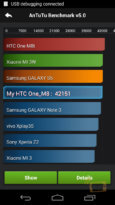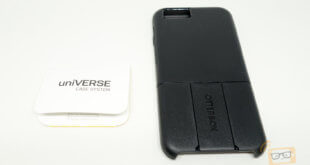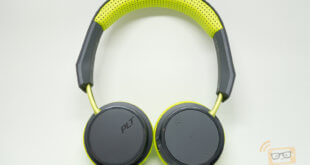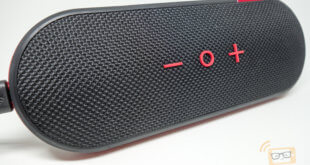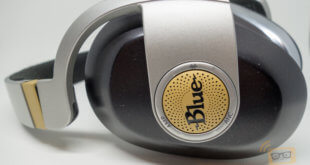Design & Build Quality
Display
Performance
Battery Life
Camera
Audio & call Quality
Software
Google Play edition (GPe) devices are a great option for those who love the hardware of a particular manufacturer but crave for vanilla Android with quick over-the-air (OTA) update. Still, Google Play edition devices come with a few sacrifices. Last year, both Google Play editions of the HTC One M7 and Galaxy S4 had completely un-utilized hardware inside of them. They had sensors lying dormant that could not be used at all due to the lack of support on vanilla Android. It all seems a bit wasteful when one could spend half the money on a Nexus smartphone for the same experience. This year however, things are a little different.
Let’s take a look at the specs:-
- Processor: 2.26 GHz Qualcomm Snapdragon 801 SoC w/ Adreno 330 GPU
- Display: 5-inch 1920×1080 pixel Super LCD 3 display
- Memory: 2 GB of RAM
- Storage: 32 GB internal storage + microSD slot up to 128GB
- Camera: Duo Camera (4MP main “UltraPixel” sensor + secondary sensor for depth) / 5MP front-facing camera
- Battery: 2,600 mAh non-removable battery
- OS: Android 4.4.2
Review
Hardware
Design & Build Quality
The design of the HTC One M8 is very much similar to its predecessor, the HTC One M7. It is not surprising considering the previous flagship has had quite a number of design awards. The device is encased in an aluminum encasement with a metal finish.

Along the edges, there’s a power button and an IR blaster up top, a 3.5 mm headphone jack alongside a microUSB 2.0 port for charging and syncing at the bottom, and a nano-SIM slot on the left side. The right side is home to a conventional volume rocker and a microSD slot.

We did not like that the power button is still on top of the device, which can be difficult to reach for users with small hands, considering the size of the device is rather huge. Luckily, HTC came up with a solution for that. The front panel has a new feature that can wake the device by tapping twice on the screen, very much like the LG’s KnockOn feature.
Display
The 5″ Super LCD display on the HTC One M8 is beyond lovely. It packs a full 1080p display that offers an amazing 441 ppi. The colors are sharp, vibrant, and accurate, yet it’s easy on the eyes and doesn’t look overly contrasted. Even when we set the display to low brightness, the screen was still luminous and had beautiful colors. With consistent viewing angles and undetectable pixels from any reasonable distance, we have no reason to complain about anything related to the display.

Performance
The HTC One M8 is powered by the latest Qualcomm processor, Snapdragon 801, with the Andreno 330 GPU. The Snapdragon 801 processor is a popular choice due to its efficient economical use of power leading to impressive battery life.

Benchmarking with AnTuTu, the device scored a rating of just over 42,000, making it comparable in processing and graphics power to the Samsung Galaxy S5. Resource-intensive games such as ShadowGun were buttery smooth and looked better than we’ve seen on most other devices. We barely noticed any lags at all.
Battery Life
The HTC One M8 comes with a non-removable 2,600 mAh battery, 300 mAh more than previous model M7. We ran our usual battery test in which we run continuous video while the device is connected to LTE and Wi-Fi and Bluetooth is turned on but not connected. We also leave the GPS on and set the display to 1/2 brightness. We were able to get almost 13 hours out of it, which is pretty impressive. We managed to get about 1.5 days of mixed usage out of the device, which includes mixed network usage (part 4G, part Wi-Fi).
Overall, we’re very impressed with the battery life.
Camera
HTC claims that this time round, there’s a new UltraPixel sensor which does away with that annoying purple tint issue that plagued the previous flagship, and with the new depth sensor (which together forms the HTC Duo Camera), will the HTC One M8 finally live up to the hype?

Unfortunately, it did not. Though the HTC One M8 can take bright and sharp photos in most settings, we noticed that in low light settings it isn’t on par with what other manufacturers offer; but we did like the two-tone flash that does an excellent job in dark settings. HTC also removed the Optical Image Stabilization (OIS) from the rear camera. With the lack of OIS, moving subjects are difficult to capture cleanly.
In lights of the increasing trend of selfies, HTC decided to go with the 5-megapixel front-facing camera. We did a couple video calls with it and the other party certainly appreciated the clarity.
Audio & Call Quality
We’ve had no trouble connecting to AT&T’s network on the HTC One M8. The same goes for making or receiving calls on the device. We noticed that in a noisier environment, it tend to be difficult to hear the other party on the call.
The dual front-facing speakers on the HTC One M8 remained to be one of the best in the market. They are as loud as ever, though we did notice that it’s a little soft on the bass. But we have no doubt that this is one of the best devices to watch a movie on or listen to music from.
Software
The HTC One M8 GPe does not come with the usual pre-loaded HTC’s Sense user interface. Instead, it comes with vanilla Android, similar to what the Nexus line devices have. However, unlike its previous predecessor where users are not able to fully utilize the device’s features in vanilla Android, the HTC One M8 GPe is now able to use features like the Duo Camera. While not every HTC app in the Play Store will work on the HTC One M8 GPe, users are still be able to get access to some of the essentials.
Currently, there are only a handful of applications by HTC made available to the One M8 GPe users, but only two really stand out.
HTC Dot View
One of these features is the HTC Dot View. While the Dot View case is supported on the HTC One M8 GPe, its functionality has been stripped down to a minimum. It will display the time and the weather conditions, and users will be able to answer calls, but that’s about it. This is because the supported notifications for the Dot View case on the original One M8 are limited to HTC-made applications only.

HTC Sense TV
The other app of note is HTC TV, which is definitely a great to have. This app allows users to browse TV content, as well as being used as a universal remote.

There are also a number of noticeable features, such as the Motion Launch feature. As mentioned before, a quick double-tap will wake the device. A quick swipe in any direction will unlock the device while holding the device in the landscape orientation and pressing one of the volume buttons will launch the camera application.

While users will only have the Google Camera available to them out of the box, users will still have the option to take advantage of a few of the “Duo Camera” photo editing features. Only the UFocus and Dimension Plus are available but these two features are the only ones that matters.

Ufocus is an editing mode that allows its users to switch the focal point of an image after shooting while Dimension Plus allows for some tilting of the photo to create a 3D effect. It combines the data from the two cameras so that users can shift the photo perspective slightly by tilting the device.
Final Thoughts
With the HTC One M8 GPe, HTC has stuck to its guns and refined its previous flagship. In many ways, they succeeded: the new One improved upon almost every aspect that failed the 2013’s flagship. The one stumbling block is, quite frankly, the UltraPixel camera. We really did hope that with the improved UltraPixel, it would offer a better camera experience but alas, it did not. And that’s such a pity due to the amount of hard work that goes into the design and manufacturing of the HTC One M8.
 Pocket Insider Latest Technology Review
Pocket Insider Latest Technology Review
